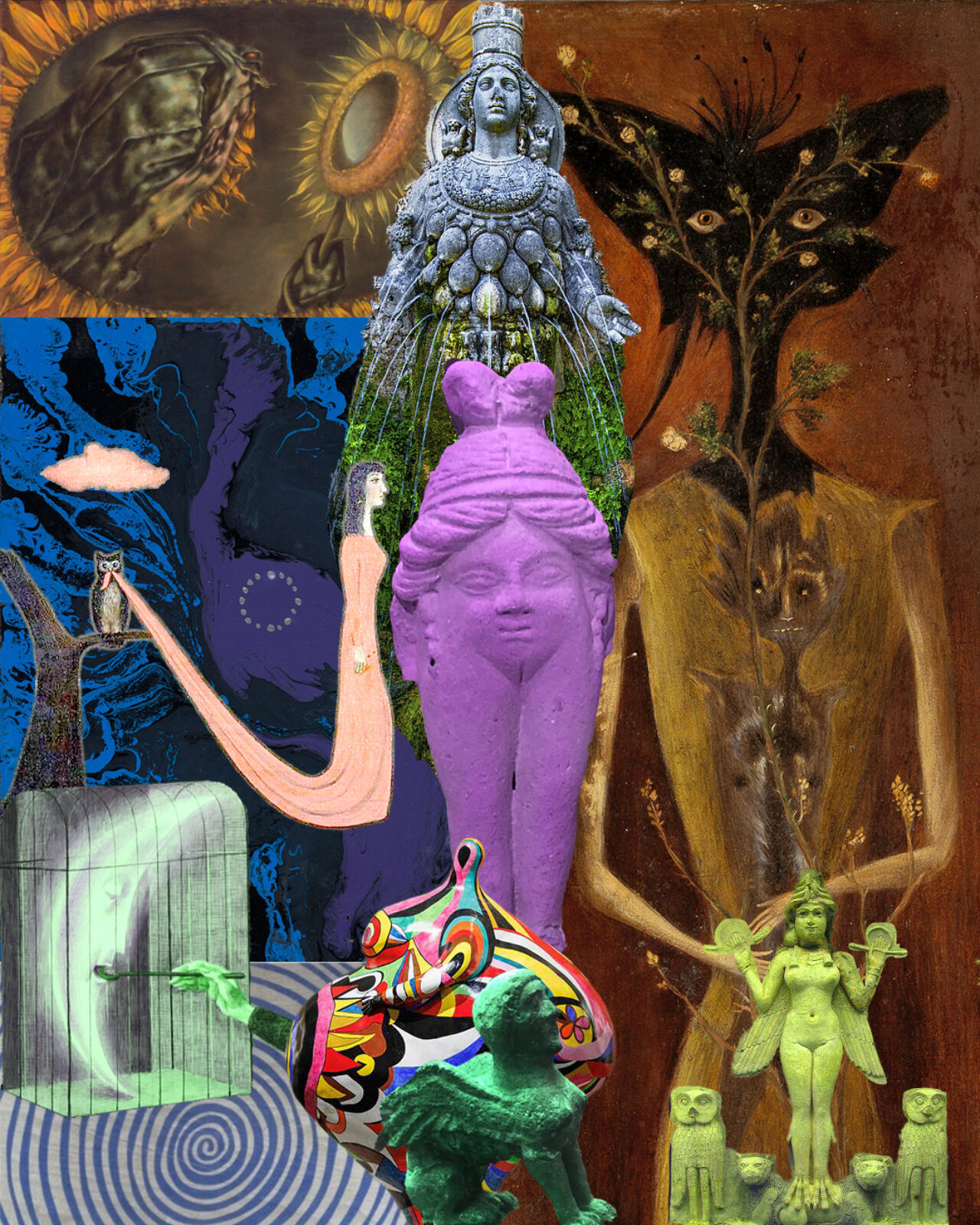Femínismi, list og dulhyggja: Tveggja hluta fyrirlestur eftir myndlistarkonuna og sýningarstjórann Jasa Baka
Hvernig tengjast listaverk Judy Chicago, The Dinner Party (1979), og bók Christine de Pizan, The Book of the City of Ladies (1405)? Hverjar voru konurnar sem súrrealistarnir gerðu að músum sínum í stað þess að viðurkenna þær sem listamenn? Af hverju er talið að talan 13 boði ólukku – og hvað ef 13 væri í raun náttúrulegri fjöldi mánaða á ári? Hvað ef Medúsa hefði ekki átt skilið að vera „skrímsli“?
Þráður er dreginn í gegnum goðsagnir, gyðjur, listakonur og andlegar athafnir. Tákn eins og dýr, goðsagnaverur og spíralar eru skoðuð. Frá Vinca-menningu (5400–4500 f.Kr.) og Súmerum (3000 f.Kr.), til endurreisnartímans og áfram til 20. og 21. aldar. Sérstök áhersla er á femínískar, súrrealískar og frumkvöðla-listakonur sem notast við dulræn tákn.
Feminism, Art and the Occult: A two part lecture by visual artist and curator Jasa Baka
What do Judy Chicago’s artwork The Dinner Party (1979) and Christine de Pizan’s The Book of the City of Ladies (1405) have in common? Who were the women, artists in their own right, that the men of the surrealist movement othered as their muses? Why is the number 13 supposedly “bad luck” and what if it were more natural to have 13 months to the year? What if Medusa didn’t deserve to be a “monster”? What does it bring to an artwork to use the symbolism of animals, mythological creatures, numerology, natural magic, spirals, and other mysticism? How do you manifest change and can you do it through art?
In this two part lecture Jasa Baka will unravel an interlinking thread that the artist and curator has followed through various artists, archetypes, Goddesses, mythologies, and spiritual practices through time. Some of these artists made work in response to misogynistic views in their respective eras or while hiding in plain sight, ahead of the zeitgeist. By surfacing the erasure and demonisation of certain mythologies, archetypes and artists we can transform them, empowering them.
Over the two afternoons of this lecture Baka will talk about feminist artists, spiritual practices, animism, natural magic, mythologies and symbolism of various cultures and their influence. Spanning from The Vinca culture of 5,400-4,500 BCE, The Sumerians of 3000 BCE, early and late Italian Renaissance 1400-1600s and finally to the 20th and 21st centuries with a focus on feminist, surrealist, visionary artists with occult practices or using occult symbolism.
